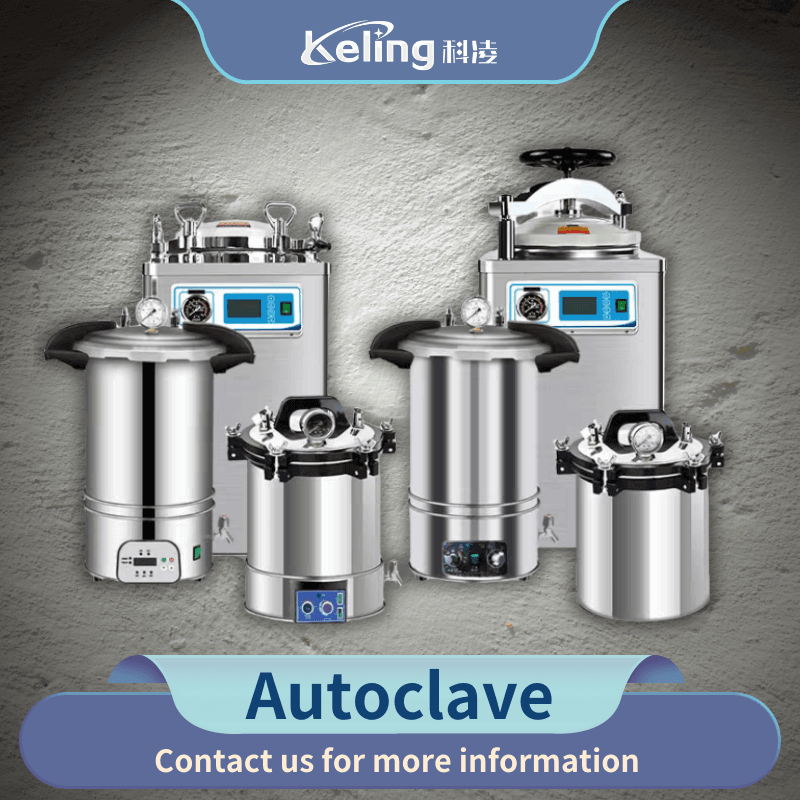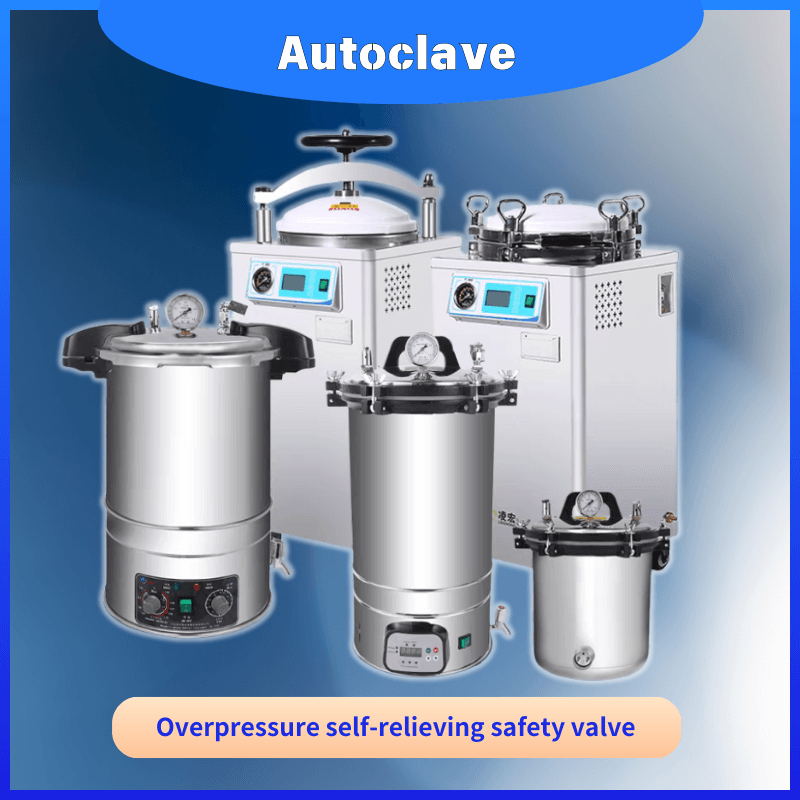Common Mistakes When Operating an Autoclave and How to Avoid Them

Autoclaves play a pivotal role in the medical device industry, ensuring that all instruments and materials are sterile and safe for use. However, even the most advanced autoclave can underperform or pose safety hazards if not operated correctly. For medical device distributors, dealers, and procurement professionals, understanding common mistakes in autoclave operation—and how to prevent them—is crucial for maintaining compliance, safety, and customer satisfaction.
How to Operate Autoclave: Controls and Settings Explained

Autoclaves are indispensable in the medical device industry, ensuring that instruments and materials are thoroughly sterilized before use. For distributors, dealers, and procurement professionals, understanding how to operate autoclave controls and settings is vital for safe, effective, and compliant sterilization. Mastery of autoclave operation not only boosts efficiency but also minimizes the risk of errors and costly downtime.
How Do You Use an Autoclave in Different Industries?

Autoclaves are the backbone of sterilization across a wide range of industries, from healthcare and research laboratories to industrial manufacturing. For medical device distributors, dealers, and procurement professionals, understanding how autoclaves are used in different environments is crucial for recommending the right equipment, supporting clients, and ensuring compliance with industry standards.
Step-by-Step Guide: How to Use an Autoclave Safely and Effectively

Sterilization is a critical process in the medical device industry, ensuring that every instrument and device is free from harmful microorganisms. For distributors, dealers, and procurement professionals, understanding how to use an autoclave safely and effectively is essential for delivering quality products and maintaining compliance with health regulations. This comprehensive guide provides a detailed, step-by-step approach to autoclave operation, from pre-operation checks to post-cycle care, empowering you to optimize sterilization outcomes and prevent costly errors.
Introduction to Autoclave Operation: What is an Autoclave and How Does it Work?

In the world of medical device distribution, sterilization is a non-negotiable standard. Ensuring that every tool, instrument, and device is free from harmful microorganisms is critical for patient safety and regulatory compliance. At the heart of this process lies the autoclave—a sophisticated yet essential piece of equipment that guarantees the highest level of sterilization. Whether you are a distributor, dealer, or procurement professional in the medical device industry, understanding the operation and principles of autoclaves is crucial for making informed purchasing decisions and ensuring optimal use in healthcare settings.
Comparing Autoclave Working Principles with Other Sterilization Methods

Sterilization stands as a basic element of both patient safety and product reliability in medical device distribution and procurement beyond its status as a regulatory mandate. The autoclave stands out among sterilization options as the preferred choice due to its reliable performance and wide-ranging applicability. What differentiates autoclave operation from other sterilization methods such as dry heat, chemical treatment, and radiation? What makes each sterilization method stand out as well as what are their drawbacks and how should one choose the optimal sterilization solution for their facility or customers?
How Do Autoclaves Work? – Frequently Asked Questions

Autoclaves serve an essential function in maintaining infection control standards and meeting regulatory requirements in healthcare and lab settings along with industrial environments. A comprehensive knowledge of autoclave functionality enables medical device distributors, dealers and procurement professionals to make better purchasing choices while educating users and maintaining safe and dependable sterilization practices.
How Autoclave Works: The Science of Steam Sterilization

Modern healthcare and laboratory operations depend on sterilization as a fundamental practice to protect patient safety while meeting regulatory requirements. Medical device distributors along with dealers and procurement professionals must grasp the science behind autoclave operations to maintain effective sterilization processes. Autoclave steam sterilization holds universal recognition as the top method for destroying all microbial forms on instruments and materials.
How Does an Autoclave Sterilizer Work? – Step-by-Step Process

Medical device distributors, dealers and procurement professionals need to understand the autoclave sterilizer to maintain product safety and adhere to regulatory standards. Autoclave sterilizers operate as powerful devices which utilize pressurized steam to eliminate all microbial life forms including highly resistant spores from instruments and labware.
How Does an Autoclave Work? – The Basic Principle Explained

Maintaining infection control stands as the top priority in the medical device distribution field. Autoclaves serve as indispensable devices that sterilize medical instruments and laboratory tools as well as other materials by eliminating dangerous microorganisms. But **how does an autoclave work**? The comprehensive guide covers the basic principles of autoclaving while detailing its scientific foundation and justification for its status as the favored sterilization method across healthcare and diverse industries.
